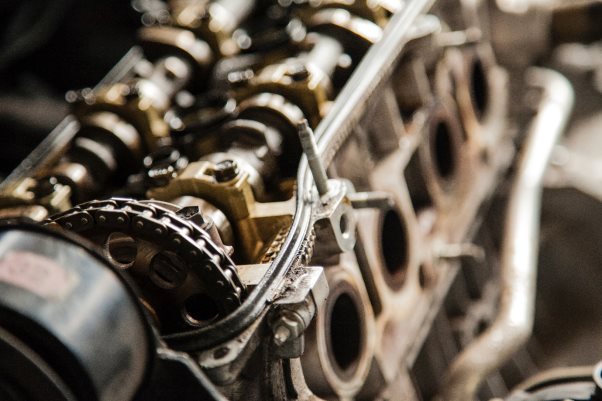Construction firms’ thoughts on slashing diesel on sites sought

Construction companies are being asked for their views on an industry-wide plan to slash diesel use on building sites by more than three quarters within the next 13 years.
Since last year’s COP 26 contractors, plant firms, clients and trade bodies have been working with the Construction Leadership Council, CLC, on a draft zero diesel sites route map published this week.
Zero Diesel working group chair and HS2 environmental sciences head of Neil Wait said: “We are reminded of the commitment that our industry gave last year in Glasgow. Our promise was to work together to deliver a net-zero UK construction sector.
“We can only do that if we have a clear plan to eliminate the carbon emissions from our work. We can now test our proposals to dramatically reduce diesel use with industry and would encourage everyone to play their part in the consultation.”
The CLC said it was vital the plan was backed by those delivering change and that the consultation would give firms the chance to say how they can play a part and highlight any challenges.
C:\Users\Muham\Downloads\Construction firms’ thoughts on slashing diesel on sites sought.jpg
Two-year target for removing diesel generators on site
Proposals in the draft include an industry fuel-saving tournament, developing hydrogen as an alternative fuel source and improving availability of grid connections to sites.
There’s also a target of construction firms reducing machine idling by 15 per cent, a checklist for transitioning to electric plus a catalogue of diesel-alternative plant and efficiency tools.
By 2025 the CLC wants all biofuels to be sustainably sourced and for 500 companies to remove diesel generators from their sites.
Construction firms have until midnight on 2nd of December to give their feedback on the draft Zero Diesel Sites Route Map, after which comments will be used to develop a final version.
There are an estimated 300,000 plus of mobile machinery used on construction sites with many requiring an on-site diesel fuelled generator.
Brokers Hank Zarihs Associates said development finance lenders would be keen to support SME builders investing in alternative power sources.
Coinciding with COP 27 the National House Building Council, NHBC, has produced a glossary to explain and standardise language associated with carbon and energy for the housebuilding industry.
NHBC standards, research and technical competency head Richard Smith said: “For years there’s been inconsistency, which is confusing for both developers and consumers – we want to end this and simplify the language used by everyone.”






